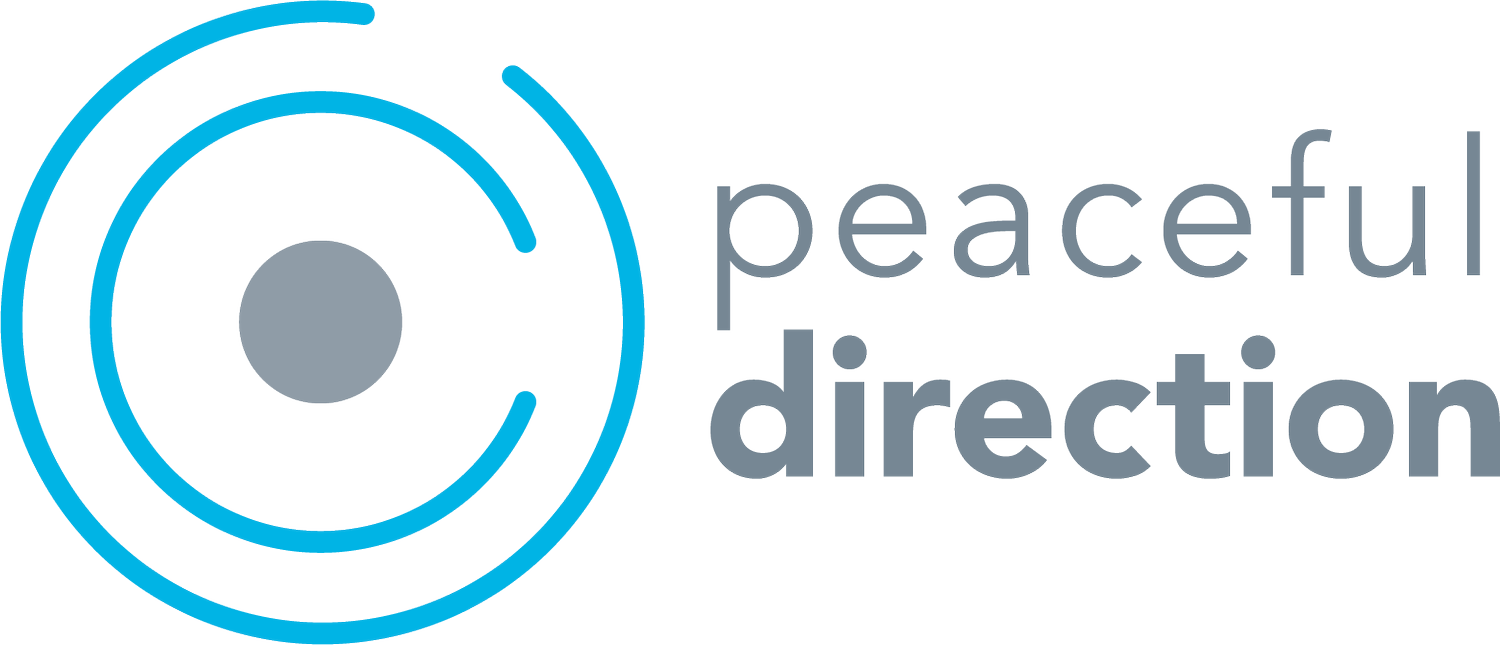The Kelly optimizer
The client (we’ll call her Kelly, which isn’t her real name) was frustrated. As a longtime attorney but relatively new leader in her law firm, she felt bombarded by tasks that weren’t actually her job. Maybe they used to be her job. Or maybe they were the job of the more junior attorneys she was now leading.
And her usual method of just attacking the newest or loudest requests first wasn’t working. Things kept falling to the bottom of the pile, and she felt like she was in danger of disappointing the firm’s leadership.
We knew she was taking on too much, and had work to do in resetting expectations around her new role versus her old one. But beyond that, it sounded like she didn’t have a good way of sifting through the inbound traffic.
I had an idea. It started with the phrase, “Please listen carefully, as our menu options have changed.”
That’s right, my idea centered around one of the worst experiences of modern life: the automated phone system or IVR. If you’ve ever screamed “AGENT” into your cell phone while out in public, or mashed the “0” key multiple times out of frustration, or begun pulling out your hair as you were advised to consult a website for the fourth time, you’ll know what I mean.
These systems are clearly designed for the convenience of the company, not the customer. And that was my entire point. You don’t get to go straight to the live human who might be able to solve your problem. You have to think carefully about what kind of help you might need, and even if it’s worth staying on the phone long enough to get resolution. Maybe, if you’re lucky, the machine can solve your problem and get you off the phone quickly.
I asked my client what might change about her work life if she managed to apply a similar kind of friction. If she could require that the requester, or even herself, do a bit of sorting and prioritizing before they could add items to her to-do list. Not to cause a customer service-level frustration, but to slow things down and create a little bit of distance between requests. To really consider what was being asked and why.
She really liked the idea of having a system for this, to protect her time and attention for what she considered her most valuable work. Making up some kind of routine screening, she thought, would eliminate the need for her to judge each request separately. It would also give her an easy way to tell someone that she’s willing to do these things but not those things.
“I’ll call it the Kelly Optimizer,” she said.
I told her that it sounded a lot better to me than listening to hours of hold music.
Coaching prompts:
How might introducing friction into your workflow help your internal customers prioritize their requests? How might it help you prioritize?
Is there any aspect of your work that you can automate, so your internal customers can use your knowledge to help themselves without waiting for you to respond?
Image: Tony Webster from Minneapolis, Minnesota, United States, CC BY-SA 2.0, via Wikimedia Commons
